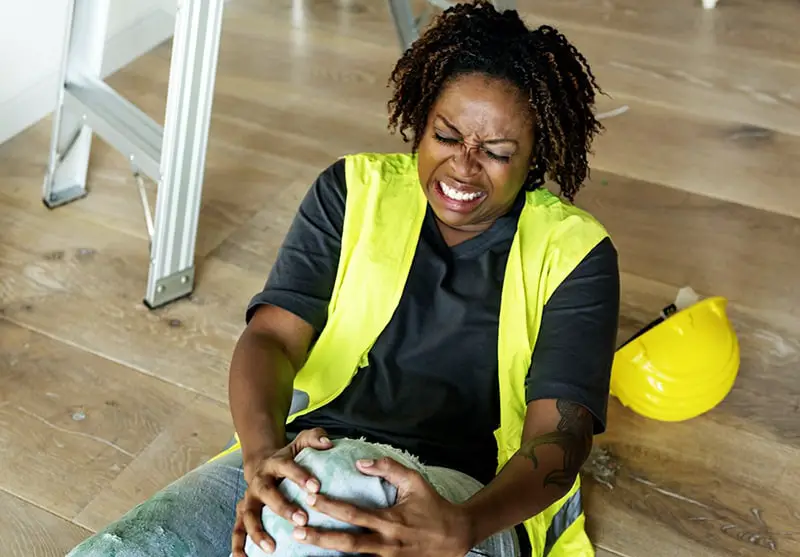Click here to get this post in PDF

Slip and fall accidents at business premises are a common cause of injuries but you may not know that you can claim compensation for them. The key point though is that you need to prove that the injury was caused due to someone else’s carelessness or negligence. And this is specifically applicable to the owner of the premises where the accident takes place. Liability is the most important element of slip and fall claims and you need to understand its significance before you file one. Whether you are looking for a settlement or filing a lawsuit, proving the liability alone can decide the fate of the case. Let us discuss the concept of liability in detail.
Understanding liability in slip and fall claims
When you get sustain injuries due to a slip and fall accident, you need to prove one of the following facts:
- The property owner or his agent or employee should have recognized a dangerous condition such as an uneven walking surface or a pothole at the mishap site. Further, they should have taken the requisite action to repair or eliminate the danger but failed to do it. The fact to consider in this context is whether a reasonable individual would have regarded the condition as dangerous and whether the defendant had adequate opportunity to rectify the situation before the mishap took place.
- The property owner or his agent or employee was actually responsible for causing the hazardous situation that resulted in the accident. Additionally, the mishap was reasonably foreseeable to understand that someone would slip and fall because of the condition.
Proving negligence and liability
When it comes to proving negligence and liability with either of the aforementioned conditions, the term “reasonable” can make all the difference in the settlement negotiations. Essentially, the property owner or agent or employee must have failed to act in a reasonable manner to be held negligent and liable. Proving this is easier said than done and you should hire the best injury attorneys for the same. There are several factors that come into play when assessing whether the defendant acted reasonably. These include the time span for which the hazard existed, whether the property owner invested in routine checks, whether the implemented preventive and corrective measures, etc.
Proving that the victim wasn’t negligent
Apart from proving the negligence and liability of the property owner, you also need to prove that you weren’t responsible for the accident. The defendant may argue that you were fully or partially responsible for the incident under the concept of comparative fault. In some states, the argument may even affect your ability to recover compensation if you are found to have a fault even to a partial extent. This depends on facts such as whether you could have prevented the accident by being more vigilant and careful if you were authorized to be at the accident site and there were adequate warning signs that you ignored.
Claiming compensation for slip and fall cases requires you to take the right approach towards proving liability. Since you will have to deal with a legal team of the business where the mishap took place, it is best to hire an expert attorney to represent your side.
You may also like: Suing A Business For Personal Injury- When, Why And How
Image source: Rawpixel.com
